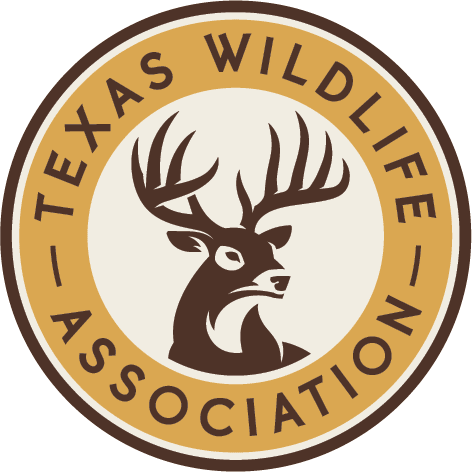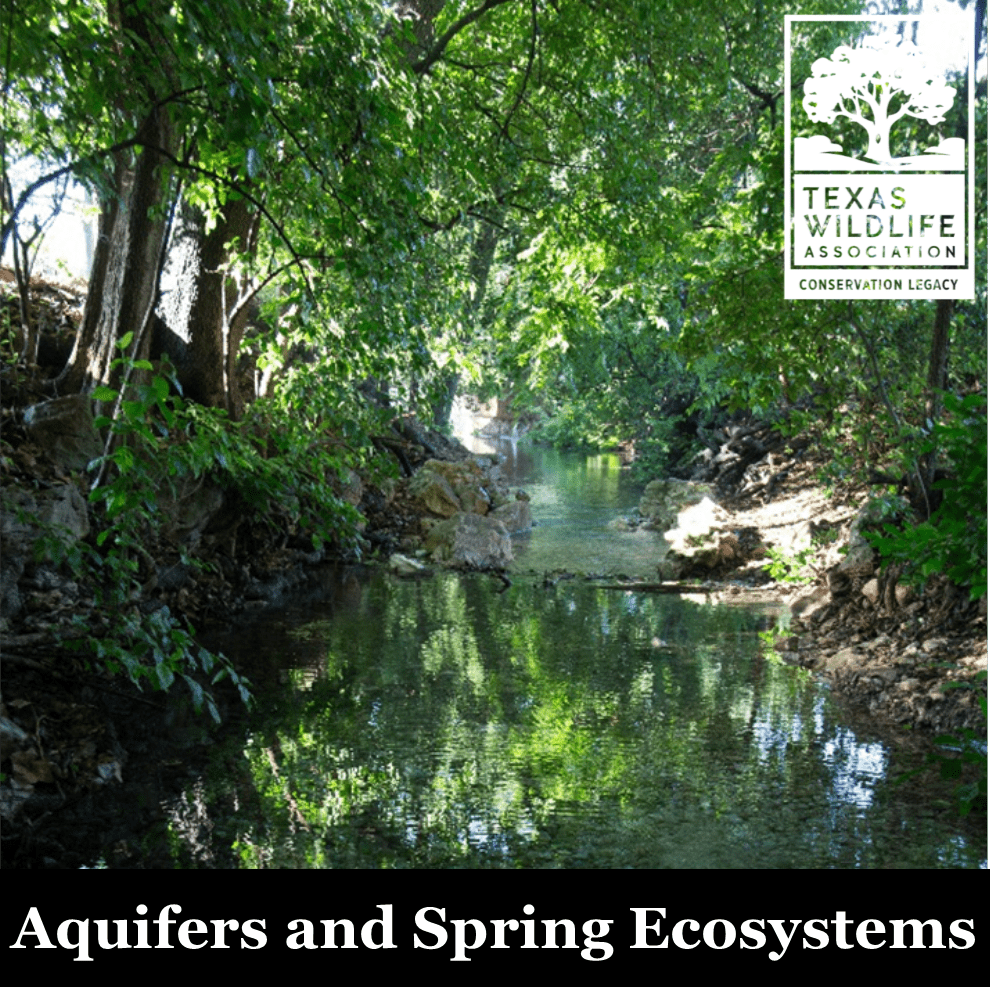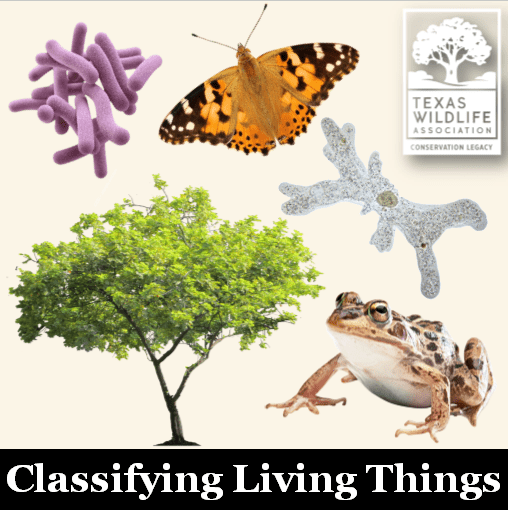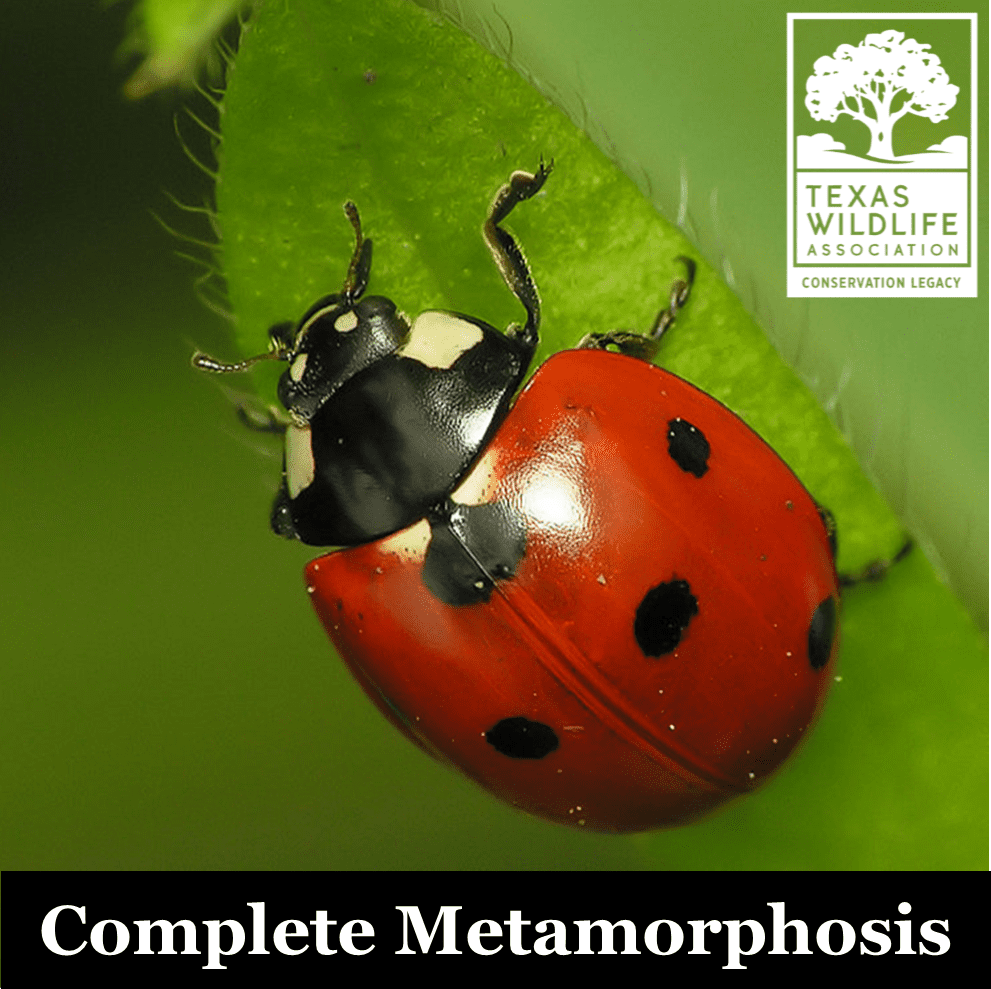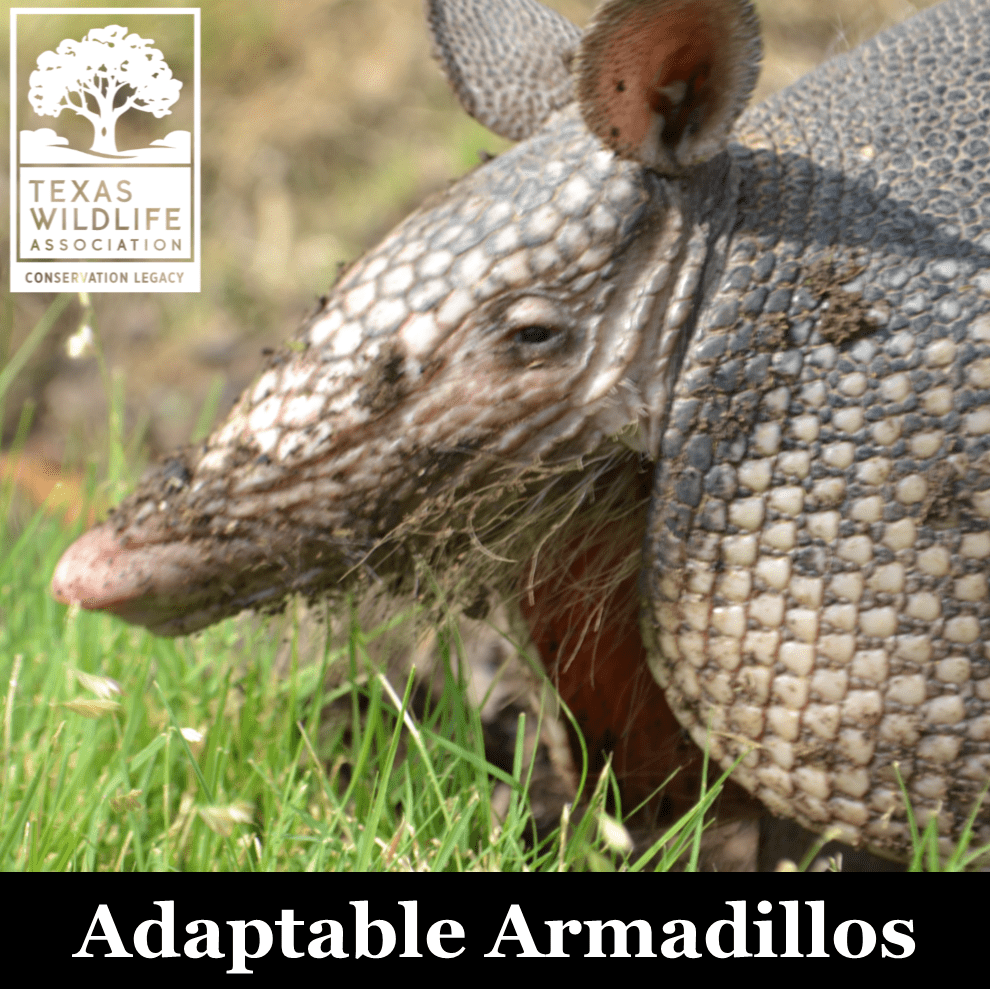
Adaptable Armadillos
Armadillos are unique animals with special adaptations which allow them to live in a variety of habitats and meet their basic needs. Learn about our State small mammal, the Nine-banded Armadillo, and how they find food, shelter, and protect themselves from predators.
